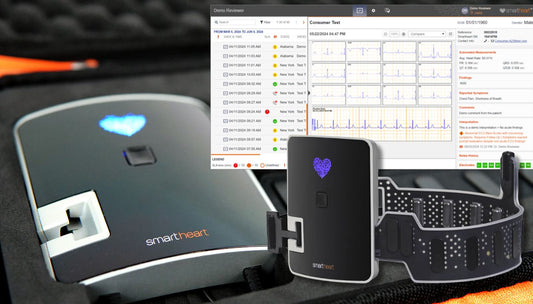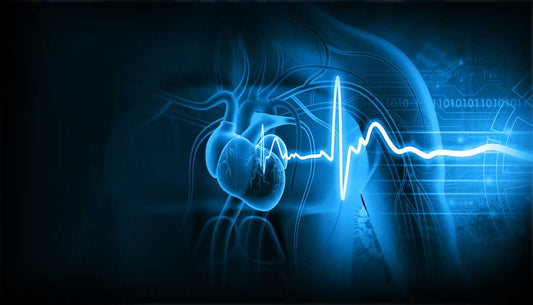Introduction
The clichés are still true. The chest pain. The shortness of breath. The discomfort in your shoulder. All of those are warning signs of a heart attack. But, many times the symptoms are hard to parse, making it difficult to understand what your body is trying to tell you. What about mere nausea, light-headedness, or a little jaw pain? Would those symptoms set off alarm bells in your mind?
170,000 of the estimated 805,000 annual heart attacks present as “silent” – meaning few to no symptoms and a complete absence of pain. This type of myocardial infarction (MI) is dangerous because it is so easily dismissed or ignored. Why would you assume a heart attack when it could just as well be indigestion, a strained muscle, or simple fatigue?
In the United States, heart disease contributes to 1 in every 5 deaths, and a heart attack occurs every 40 seconds. This trend is not slowing. By 2060, experts predict a 30% increase in the number of individuals who have experienced a heart attack – primarily driven by the surging diabetes and obesity rates. In short, your next bout of indigestion or intense fatigue could be something more serious, and knowing when to seek medical attention could save your life.
The Critical Impact of Timely Intervention
The urgency cannot be overstated. Delaying heart attack treatment by a mere 3-4 hours has been shown to escalate mortality rates by a staggering 40%. Even if the patient survives the incident, failure to receive immediate medical attention leads to increased structural damage to the heart, creating worse long-term outcomes for patients.
Navigating the Uncertainty
Despite the gravity of the issue, uncertainty persists regarding when to seek medical attention for a potential heart attack. While some individuals may downplay or overlook symptoms, others err on the side of caution, flooding emergency rooms with concerns that ultimately prove benign. Astonishingly, chest pain currently ranks as the second most common reason for U.S. ER visits. Yet, only 5% of these visits culminate in the diagnosis of a life-threatening condition. Heart patients find themselves on a spectrum between these two poles – under-cautious and over-cautious, nonchalance and hypochondria.
Recognizing the Signs
Because prompt action can be the difference between life and death, recognizing the signs of a heart attack is crucial.
Chest Pain or Radiating Pain –
When to Act: If you experience persistent chest pain, discomfort, or pressure that lasts more than a few minutes or goes away and comes back.
Additional Signs: Pain or discomfort may extend beyond the chest to the arms, back, neck, jaw, or stomach.
Shortness of Breath –
When to Act: If you suddenly find it difficult to breathe or experience shortness of breath, especially when coupled with chest discomfort.
Additional Signs: Shortness of breath may occur with or without chest pain.
Sweating and Nausea:
When to Act: If you break into a cold sweat or experience nausea, lightheadedness, or dizziness.
Additional Signs: These symptoms may accompany chest discomfort and shortness of breath.
Feeling Unusually Fatigued:
When to Act: If you experience extreme fatigue, especially when it's sudden or unusual for your normal level of exertion.
Additional Signs: Fatigue may occur in the days or weeks leading up to a heart attack.
SmartHeart Answering the Call for Innovation
In the face of this colossal clinical challenge, there is an urgent call for innovative solutions that bridge the gap between timely intervention and the evolving landscape of healthcare delivery. In this space, SmartHeart has become a leading cardiac service. Through a portable, 12-lead ECG and 24/7 access to a network of board-certified cardiologists, SmartHeart members can check their hearts anytime, anywhere. The ability to compare symptoms with objective electrical data allows patients to not only make informed decisions but also gives them peace of mind in their day-to-day lives.
Conclusion
The prevalence of heart attacks, coupled with the challenges of timely detection and intervention, paints a complex picture of cardiovascular health. A future where lives are saved, and outcomes are improved hinges on our ability to decode the signs of a heart attack, empowering individuals to seek timely medical attention and ensuring that healthcare adapts to the evolving needs of an aging population. Only through collaboration, innovation, and commitment can we hope to confront this formidable challenge head-on. With our brothers and sisters across the medical field, SmartHeart hopes to lessen the burden of cardiovascular disease worldwide.
Want to learn more about heart health?
View the recorded webinar by clicking the Watch Now button below.
































